#Co. Offaly
Explore tagged Tumblr posts
Text
#OTD in Irish History | 31 October:
Halloween/Samhain Eve/Oíche Shamhna. Samhain is a festival on the end of the harvest season in Gaelic culture, with aspects of a Festival of the Dead. It is popularly regarded as ‘The Celtic New Year’. The term derives from the name of a month in the ancient Celtic calendar, in particular the first three nights of this month, with the festival marking the end of the summer season and the end of…
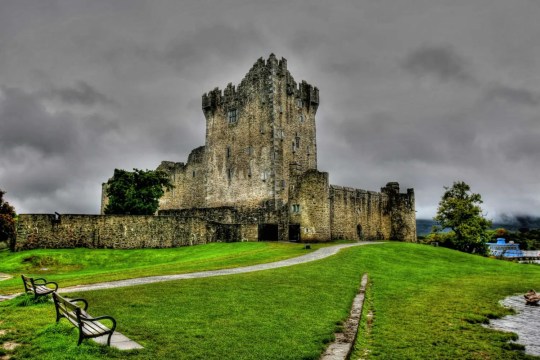
View On WordPress
#irelandinspires#irishhistory#31 October#Co. Offaly#Coolderry#Halloween#History#History of Ireland#Ireland#Irish Civil War#Irish History#Irish War of Independence#Leap Castle#Samhain#Telefís na Gaeilge#TG4#Today in Irish History
22 notes
·
View notes
Text

"Elvis and Ireland" by Ivor Casey is now available to buy at The Shop at Clonmacnoise, Co. Offaly.
This critically acclaimed and internationally celebrated biography is a social study and historical document of Elvis, his life and influence during a very different time in Ireland and the birth of Irish rock 'n roll culture with quotes, facts and interviews from some of Ireland's greatest names in music.
1 note
·
View note
Photo
Maybe I'll explore the gardens next time, instead of sticking to the science stuff
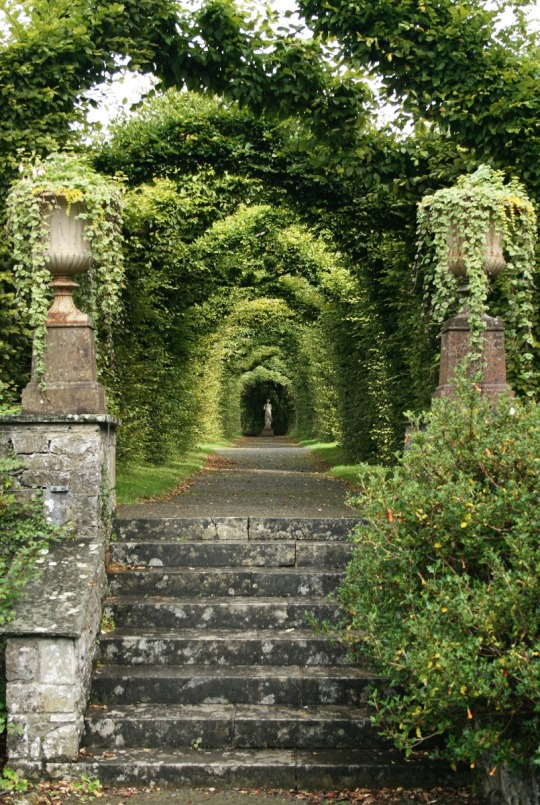
Birr Castle Demesne, Offaly, Ireland,
Photo by Luke Ravitch
2K notes
·
View notes
Text

Sunset, January 2025, Co. Offaly, Ireland. No filters or modifications.
59 notes
·
View notes
Text
Photos of 16th-17th century Irish clothing
Extant garments in the National Museum of Ireland
Notes: The garments in this post are all bog finds which means their current color may not be their original color. Although some of these items were found with human remains, no photos of human remains are included in this post.
Killery Cóta Mór (great coat) and brogues:
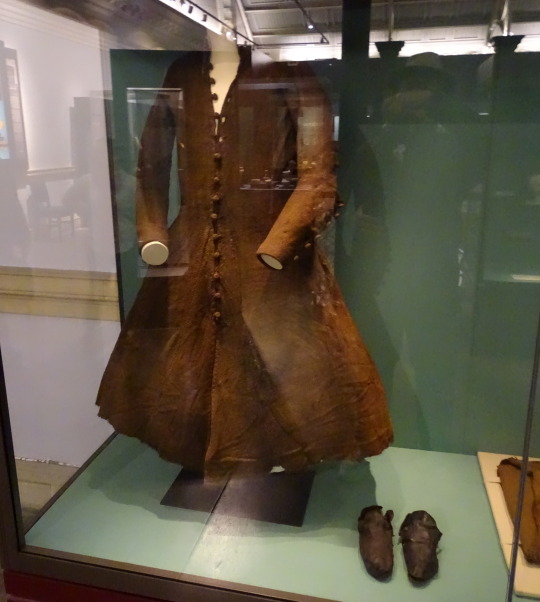
photos by hayling billy used under non-commercial, share alike license
The Killery outfit comes from an adult male bog body found in Killerry parish, Co. Sligo in 1824. It includes a cóta mór, triús, a brat, and shoes which are on display in the museum, and a sheepskin biorraid (conical hat) which fell apart shortly after it was found (Briggs and Turner 1986).
Killery triús (trews):
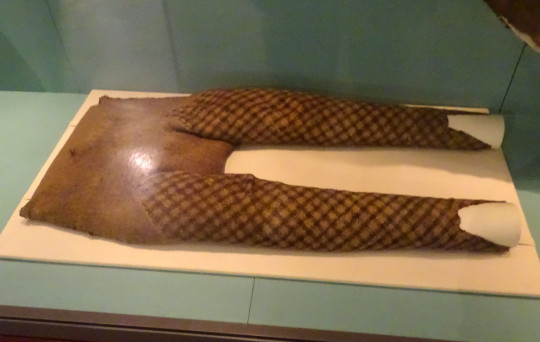
photo by hayling billy
Killery outfit with and without brat:
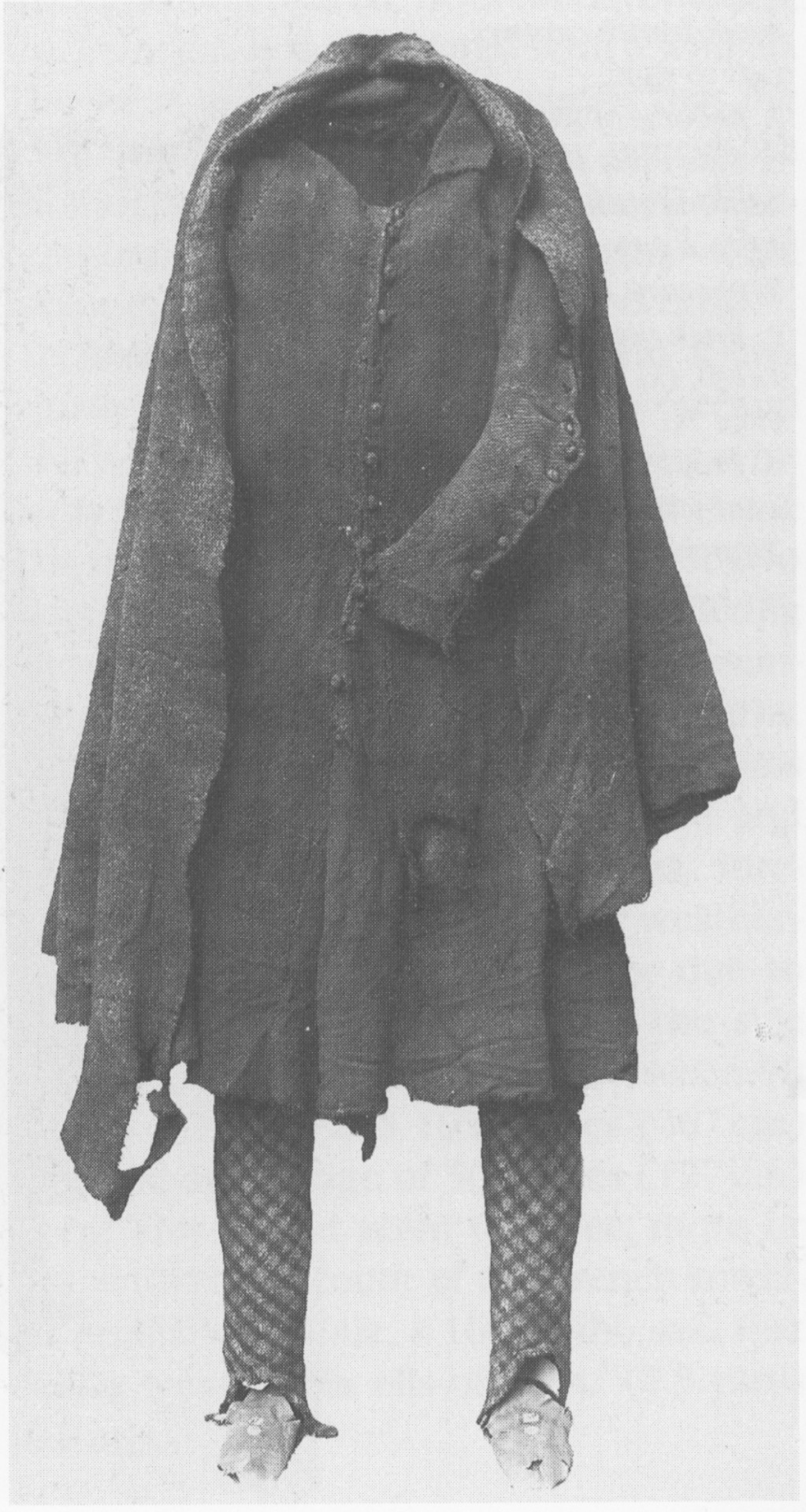
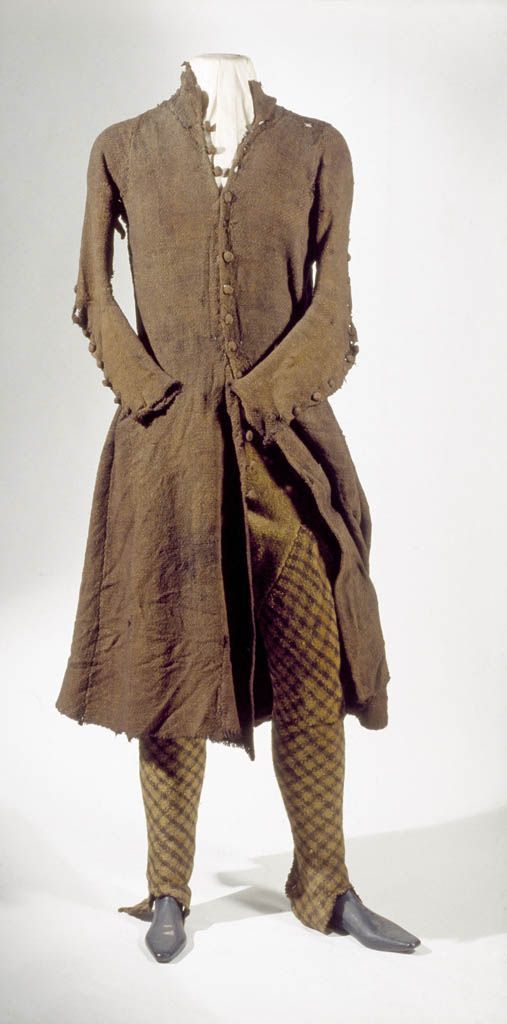
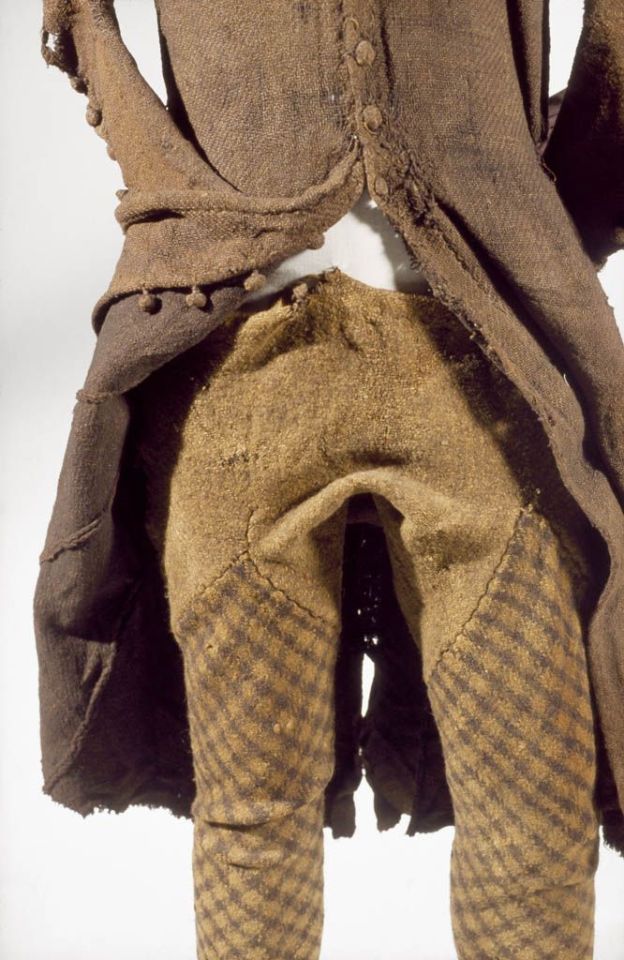
The outfit is generally dated to the 17th c. (Dunlevy 1989). It matches Luke Gernon's 1620 description of Irish men's winter apparel:
"in winter he weares a frise cote. The trowse is along stocke of frise, close to his thighes, and drawne on almost to his waste, but very scant, and the pryde of it is, to weare it so in suspence, that the beholder may still suspecte it to be falling from his arse. It is cutt with a pouche before, which is drawne together with a string."
Additional photos of the outfit: cóta front, hem, buttons, and brat.
Shinrone gown:
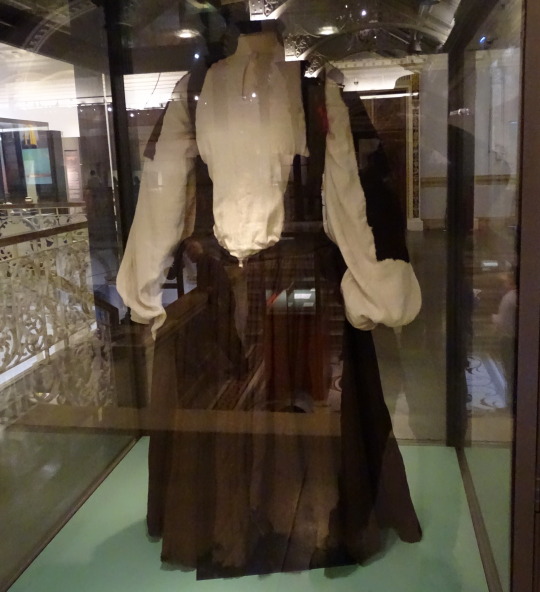
photo by hayling billy
The Shinrone gown was found in a bog in 1843 in Co. Tipperary near Shinrone, Co. Offaly. Unlike the Killery outfit, there were no human remains or other items found with it (Briggs and Turner 1986). The ends of the sleeves and possibly also the bottom of the skirt are missing. The sleeves would have had wrist cuffs or ties that allowed them to be fastened around the wearer's wrists. It probably also had loops or rings along the U-shaped center-front opening for lacing. It is typically dated late 16th-early 17th c, based on its similarity to a circa 1575 illustration by Lucas DeHeere and to the dresses described by Luke Gernon in 1620 (Dunlevy 1989, McGann 2000). It could be older however, because Laurent Vital described dresses with this type of sleeve in 1518.
Copyrighted, better quality photos: left front, right front, back Additional details: side-front, front waistline
Tipperary Cóta Mór:
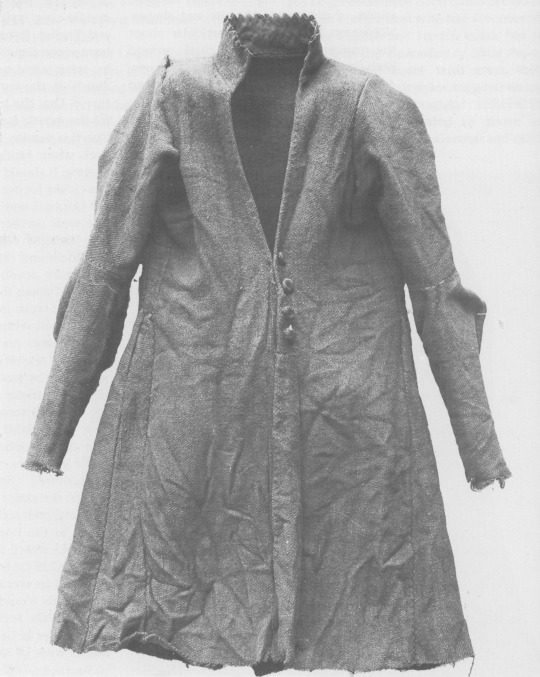
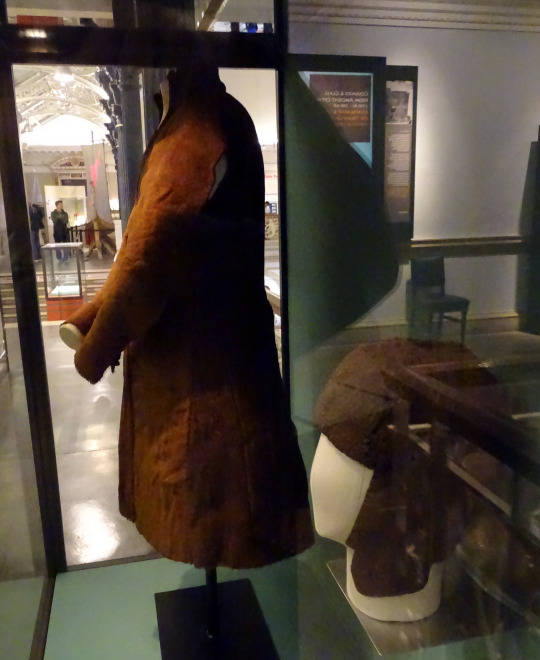
photos from Dunlevy 1989 and hayling billy
Another Cóta Mór. This one is from Co. Tipperary, exact find spot and date unknown. Like the Shinrone gown, it was not found with human remains or other items (Ó Floinn 1995). It is probably also from the 17th century (Dunlevy 1989).
Additional photos: front, side, front buttons, front detail, side
Brat and hats:
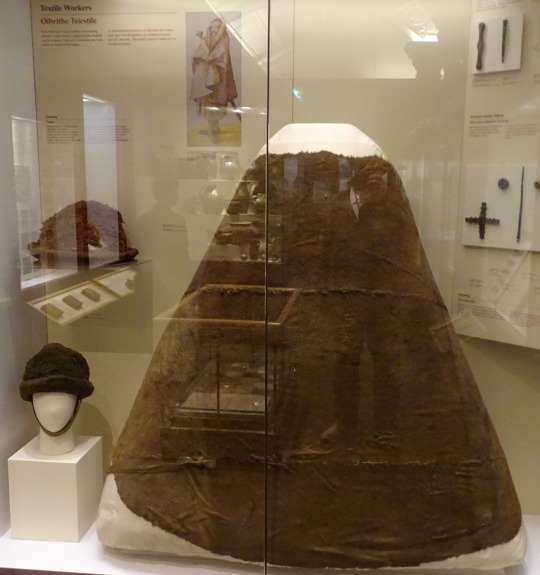
photo by hayling billy
I haven't been able to find any clear photos of the label on this display, but based on the excellent condition and the presence of the leather tie, I think this is the Meenybradden woman's brat.
Closeup of the tie:
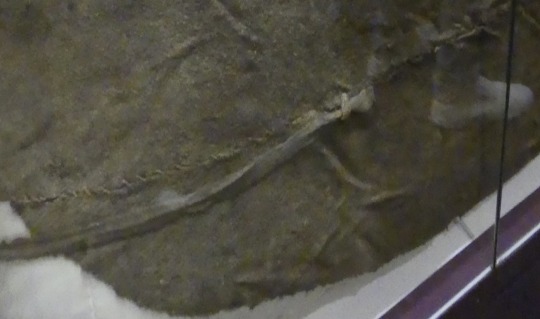
The Meenybradden woman is a bog body found in Meenybradden bog, Co. Donegal in 1978. The brat was wrapped around her as a shroud and secured with the leather tie (Delaney and Ó Floinn 1995). No other garments or artifacts were found with her, although she may have been wearing a linen garment such as a léine when she was buried. Linen tends to not survive in bogs. The Meenybradden woman has a calibrated radiocarbon date of AD 1130-1310, but some archaeologist have suggested humic contamination from the peat may be throwing off the dating. Her brat is identical in cut to others from the 16th-17th centuries (Delaney and Ó Floinn 1995).
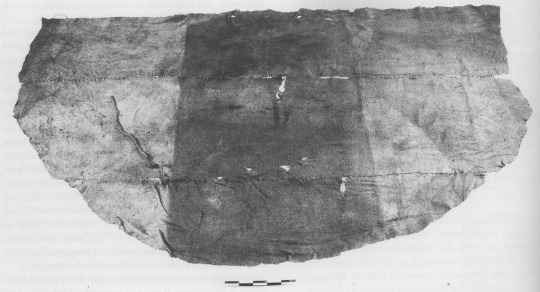
Meenybradden brat laid flat. (photo from Delaney and Ó Floinn 1995)
Wool hats:
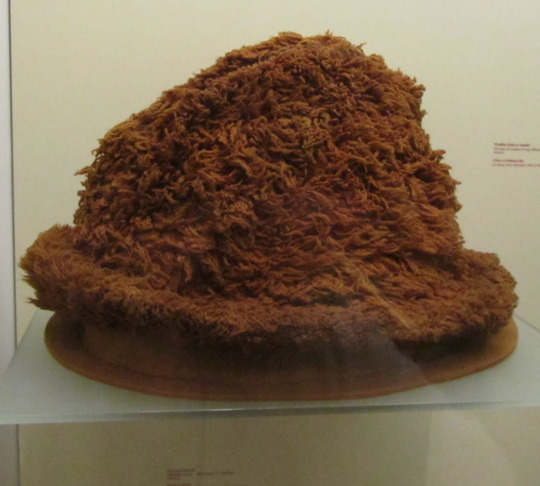
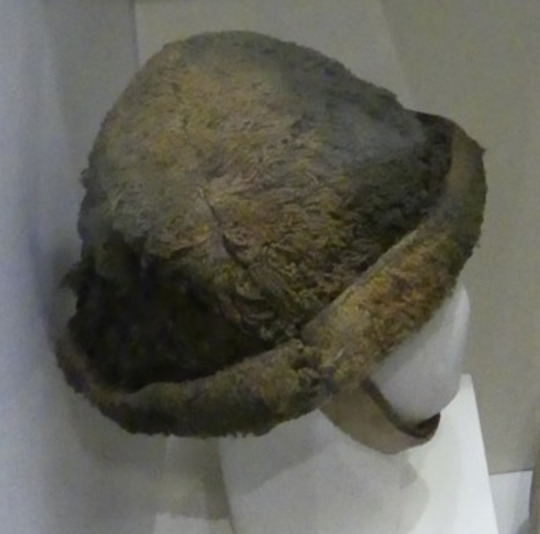
Hats from Boolabaun, Co. Tipperary made of wool felt which has been cut and sewn to form the shape. They have togs of unspun wool worked into them giving them the appearance of faux fur. Dunlevy suggests a 15th-16th c date for them (Dunlevy 1989, McClintock 1943).
Wool cloak:
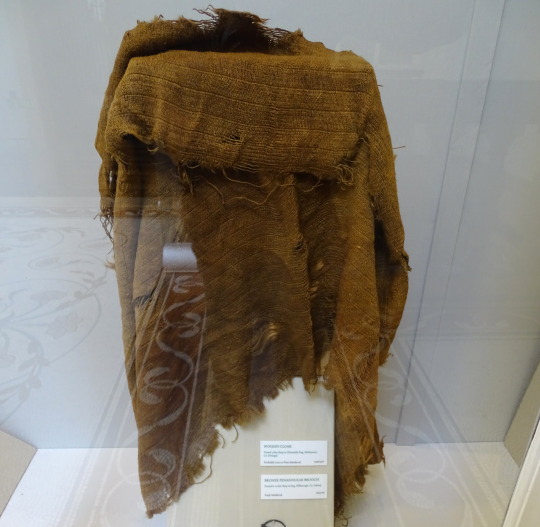
photo by hayling billy
The museum label says it's from Glenmalin bog, Malinmore, Co. Donegal, but I think this may be a mistake. According to Ó Floinn (1995), the artifact with accession number 1946:416 from Malinmore, Co. Donegal is a bale of linen. Ó Floinn's table also gives accession number 1946:416* for a group of clothing from Owenduff, Co. Mayo which includes a gown, a jacket, and a cloak. If the cloak in the photo is actually the one from Owenduff, it is probably from the 17th c (Dunlevy 1989). Alternatively, someone might have misidentified a wool cloak as a bale of linen. The museum label dates this as late Medieval to post-Medieval.
*Either Ó Floinn made a typo or this is a mistake in the museum records. Museums are not supposed to give the same accession number to 2 different artifacts. In the NMI's defense, 1946 was probably a messy year for everyone.
Bibliography:
Briggs, C. S. and Turner, R. C. (1986). Appendix: a gazetteer of bog burials from Britain and Ireland. In I. Stead, J. B. Bourke and D. Brothwell (eds) Lindow Man: the Body in the Bog (p. 181–95). British Museum Publications Ltd.
Delaney, M. and Ó Floinn, R. (1995). A Bog Body from Meenybradden Bog, County Donegal, Ireland. In R. C. Turner and R. G. Scaife (eds) Bog Bodies: New Discoveries and New Perspectives (p. 123–32). British Museum Press.
Dunlevy, Mairead (1989). Dress in Ireland. B. T. Batsford LTD, London.
Gernon, Luke (1620). A Discourse of Ireland. https://celt.ucc.ie/published/E620001/
McClintock, H. F. (1943). Old Irish and Highland Dress. Dundalgan Press, Dundalk.
McGann, K. (2000). What the Irish Wore/The Shinrone Gown — An Irish Dress from the Elizabethan Age. Reconstructing History. http://web.archive.org/web/20080217032749/http:/www.reconstructinghistory.com/irish/shinrone.html
O’Floinn, R. (1995). Recent research into Irish bog bodies. In R. C. Turner and R. G. Scaife (eds) Bog Bodies: New Discoveries and New Perspectives (p. 137–45). British Museum Press.
Vital, Laurent (1518). Archduke Ferdinand's visit to Kinsale in Ireland, an extract from Le Premier Voyage de Charles-Quint en Espagne, de 1517 à 1518. translated by Dorothy Convery and edited by me. https://irish-dress-history.tumblr.com/post/721163132699131904/laurent-vitals-1518-description-of-ireland
#16th century#17th century#irish dress#dress history#gaelic ireland#historical men's fashion#historical women's fashion#bog finds#irish history#historical dress#brog#bratanna#irish mantle#headwear#triús#cóta mór
85 notes
·
View notes
Text
Day 7

Clonmacnoise Monastic Site

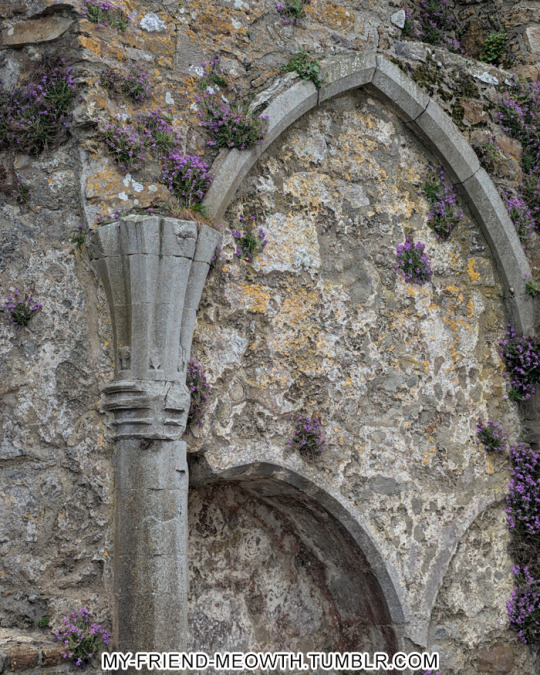


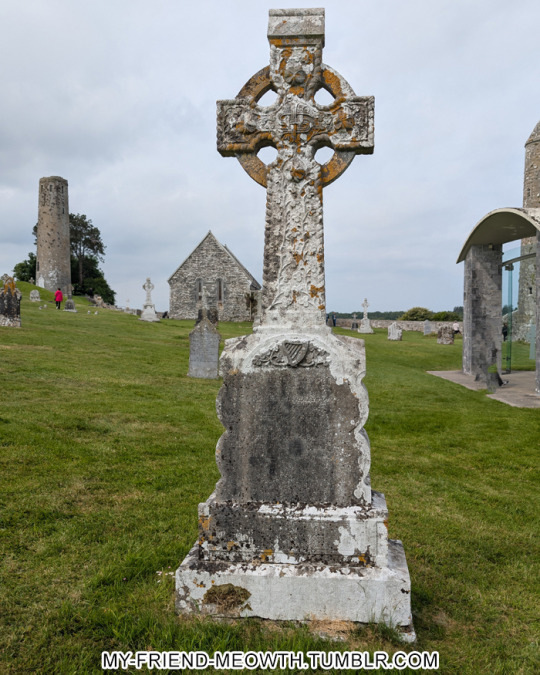
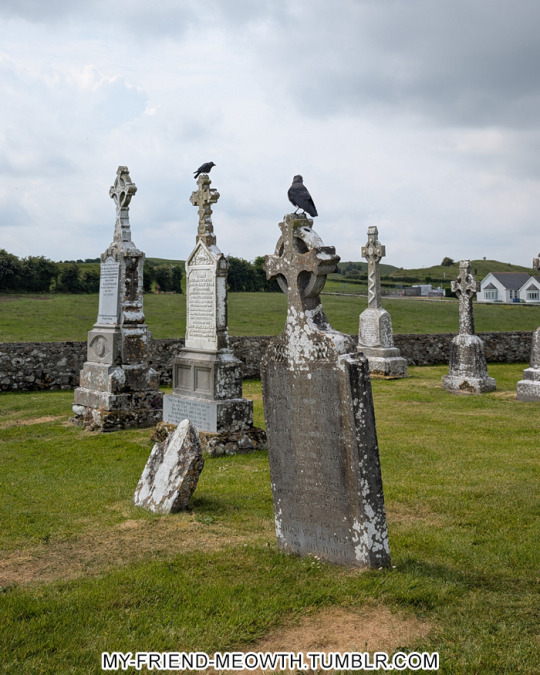
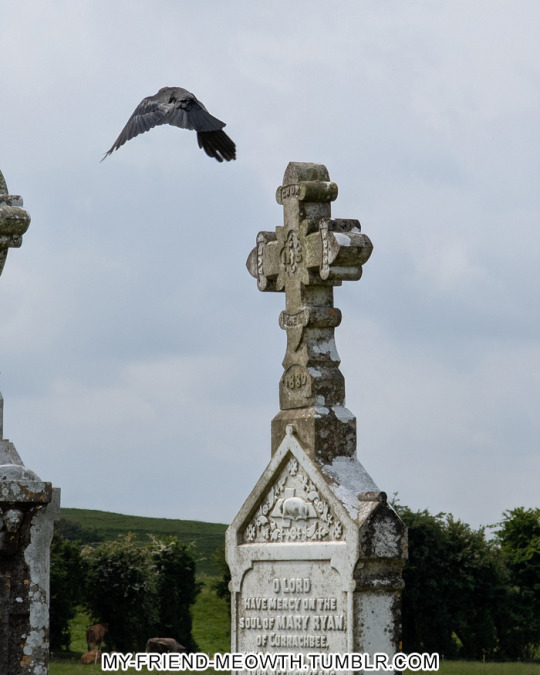
Clonmacnoise Shannonbridge Athlone Co. Offaly N37 V292
5 notes
·
View notes
Text
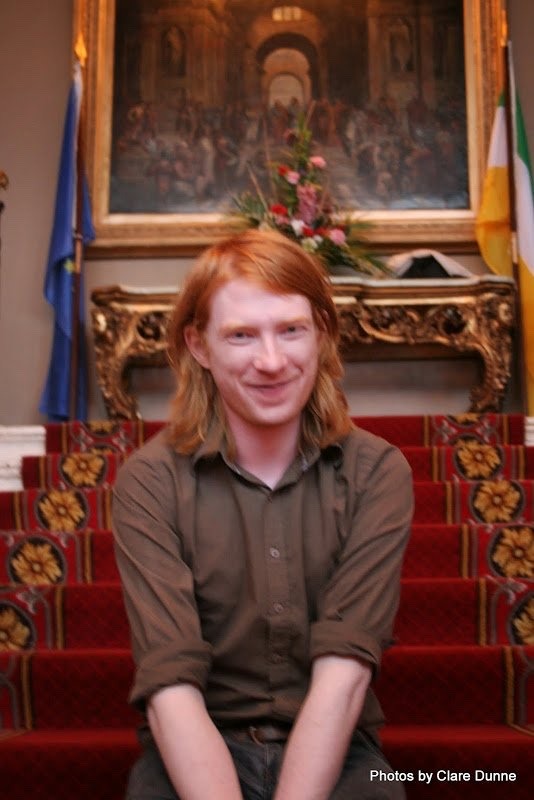
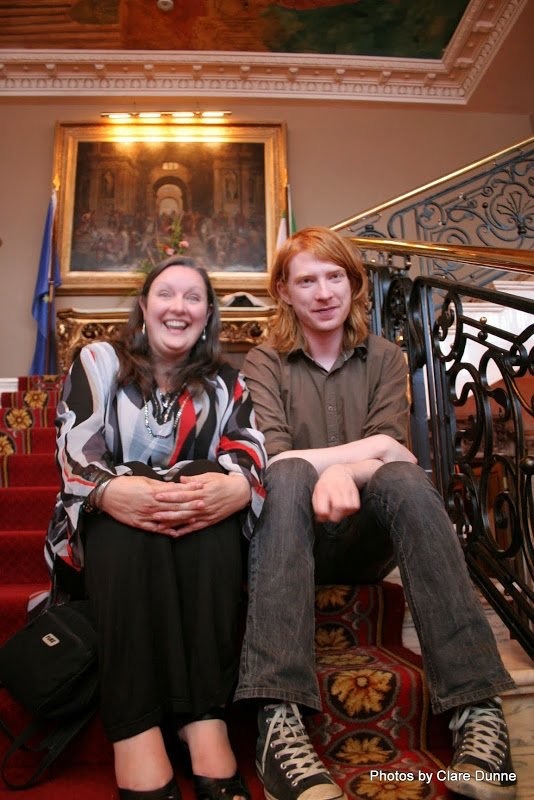
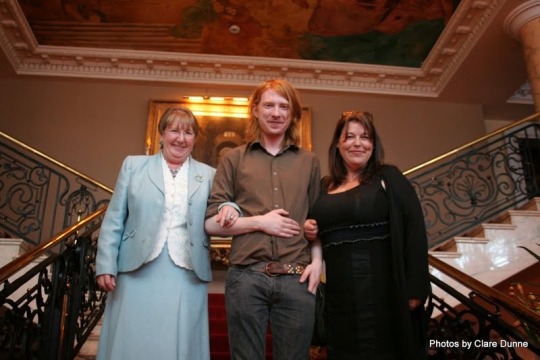

Cute Domhnall at “Noreen” premiere in Tullamore, Co. Offaly, 2010
#domhnall gleeson#noreen#premiere#tullamore#county offaly#ireland#brian gleeson#brendan gleeson#directing
19 notes
·
View notes
Text
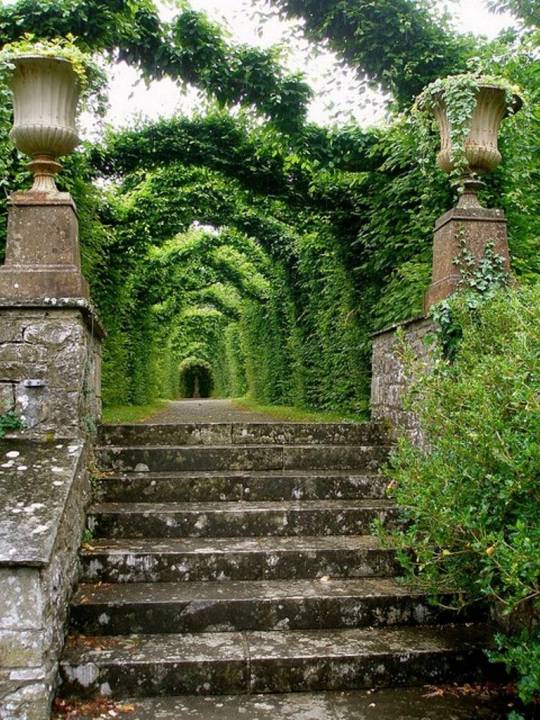
Birr Castle Gardens in Co. Offaly, Republic of Ireland (by lisa.dukart).
3 notes
·
View notes
Photo
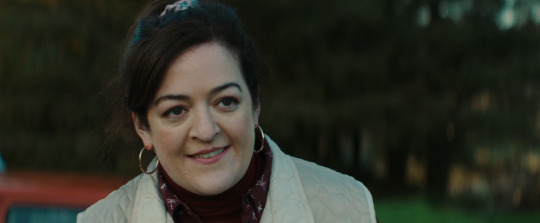
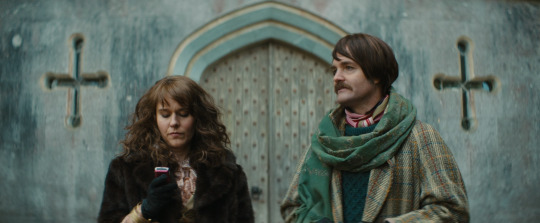
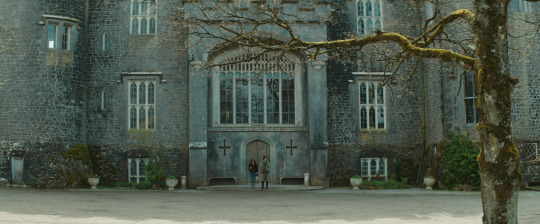
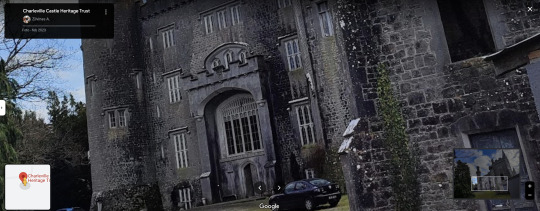
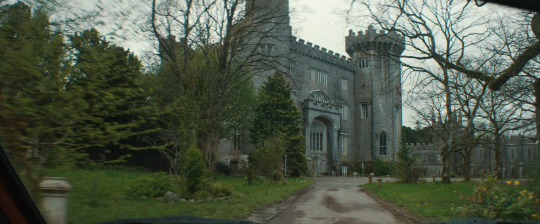
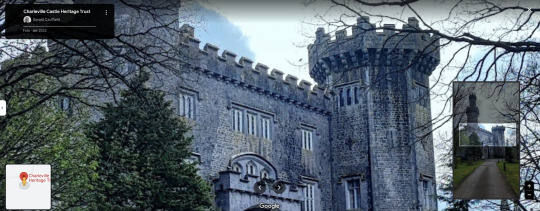
Extra Ordinary Mike Ahern, Enda Loughman. 2019
Castle Charleville Castle, Charleville Demesne, Tullamore, Co. Offaly, Ireland See in map
See in imdb
#mike ahern#enda loughman#charleville castle#tullamore#county offaly#ireland#cabra#maeve higgins#emma coleman#will forte#claudia o'doherty#castle#movie#cinema#film#location#google maps#street view#2019
6 notes
·
View notes
Text
#OTD in Irish History | 23 September:
1586 – At the Battle of Ardnaree in Co Mayo, Sir Richard Bingham, governor of Connacht, surprises a force of redshanks (Scottish mercenary light infantrymen) engaged by the Burkes of Mayo; 1,000 redshanks and 1,000 camp followers are killed. Bingham hangs the leaders of the Burkes. 1922 – Anti-Treaty fighter Michael Neville, is taken from work in Dublin and found shot dead at Killester Cemetery…
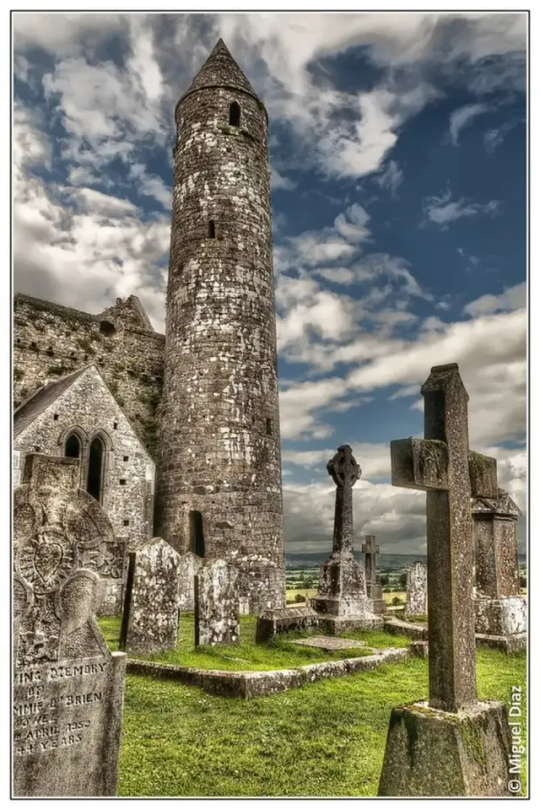
View On WordPress
#irelandinspires#irishhistory#OTD#23 September#Clonmacnoise monastery#Co. Offaly#Dublin#History#History of Ireland#Ireland#Irish Civil War#Irish History#Irish War of Independence#PIRA#RUC#Sinn Fein#Today in Irish History
19 notes
·
View notes
Text



Earthballs, or small planets for the hand - Co. Offaly, Ireland - (there were many, many, many and I only picked up one that was already kicked up by someone before me )
5 notes
·
View notes
Text
Birr Castle Gardens in Co. Offaly, Ireland
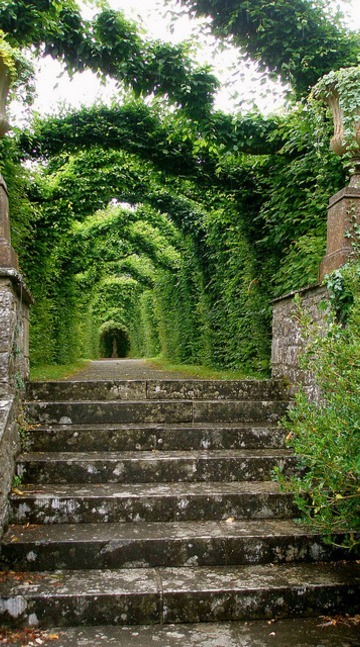
3 notes
·
View notes
Photo
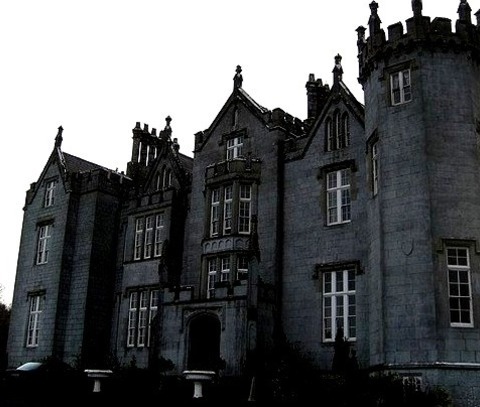
Kinnitty Castle in Co. Offaly, Ireland, is reportedly the home of many ghosts, the most popular of which is the Phantom Monk of Kinnitty
6 notes
·
View notes
Text
Let us introduce you to Ballycommon bake house, located in Ballycommon co. Offaly. Ballycommon Bake house is an award winning coffee shop and bakery. With plenty of outdoor seating and friendly staff, this a very charming café!
0 notes
Text
Day 7
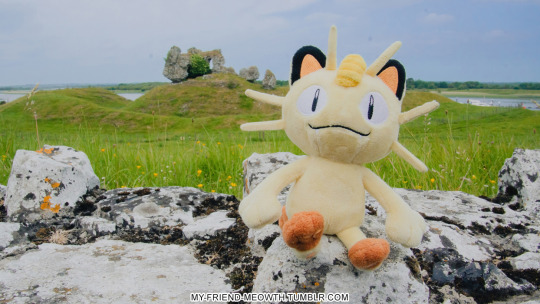
Clonmacnoise Monastic Site
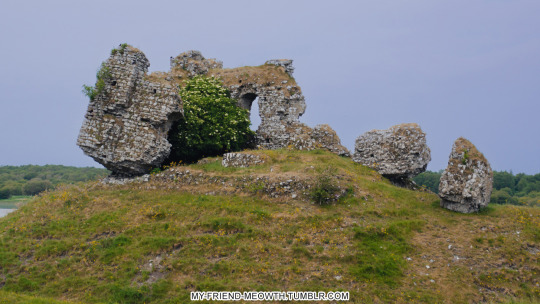
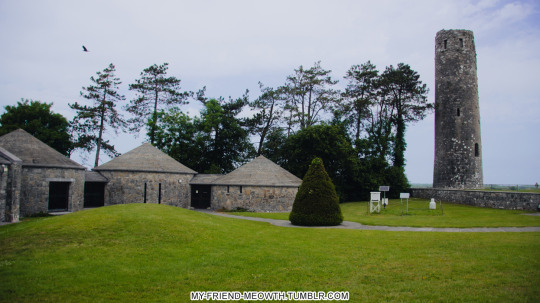
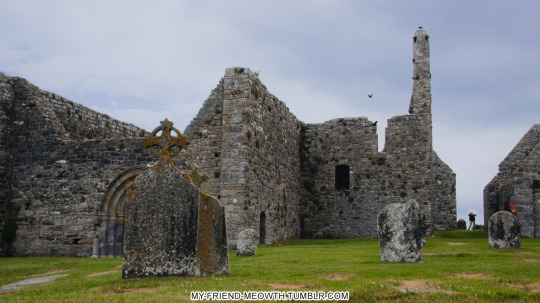
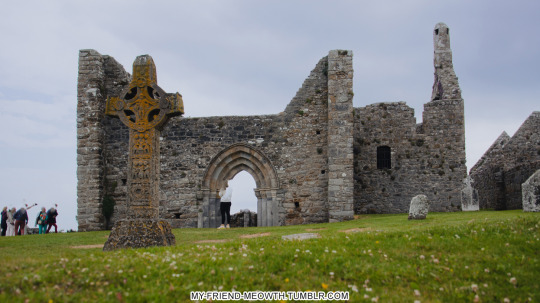
St Ciarán founded his monastery on the banks of the River Shannon in the 6th Century. The monastery flourished and became a great seat of learning, a University of its time with students from all over Europe. The ruins include a Cathedral, two round Towers, three high crosses, nine Churches and over 700 Early Christian graveslabs. The original high crosses, including the magnificent 10th century Cross of the Scriptures are on display in a purpose built visitor centre adjacent to the monastic enclosure.
heritageireland.ie/places-to-visit/clonmacnoise-monastic-site/
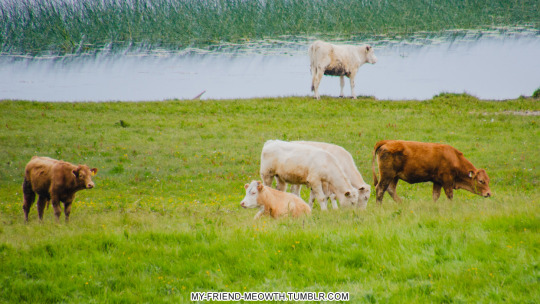
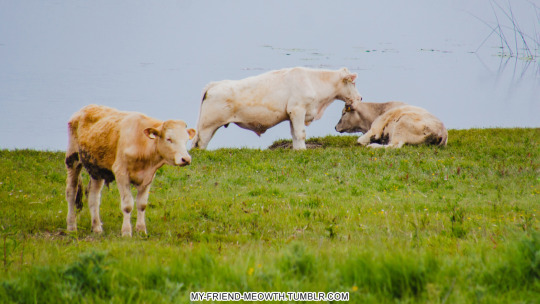


Nauta (Bos taurus) Cattle

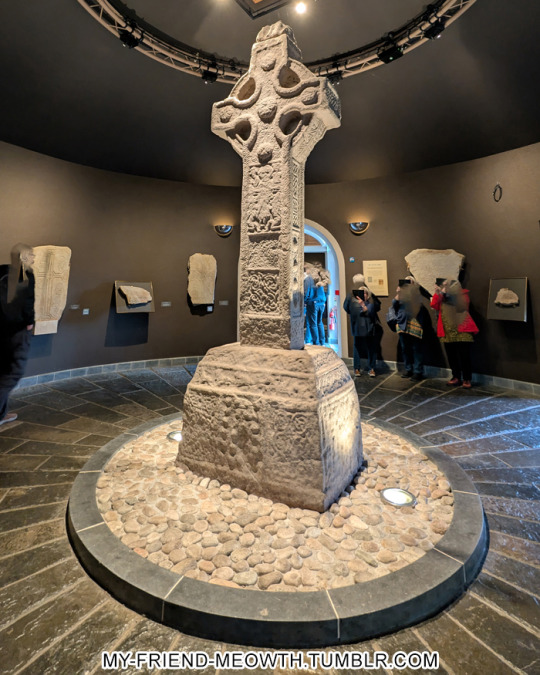

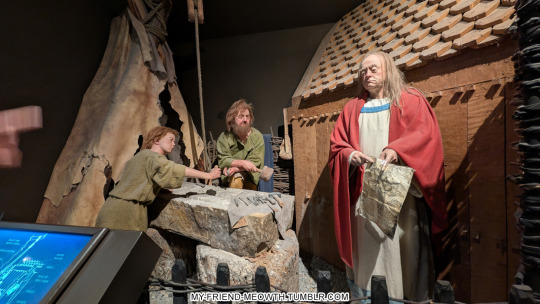
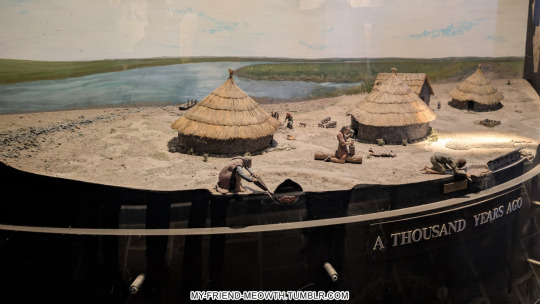

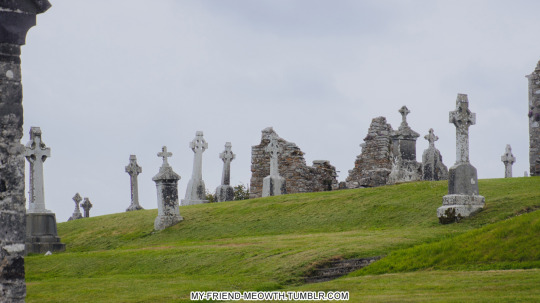
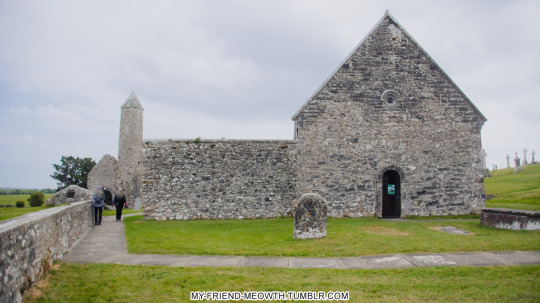
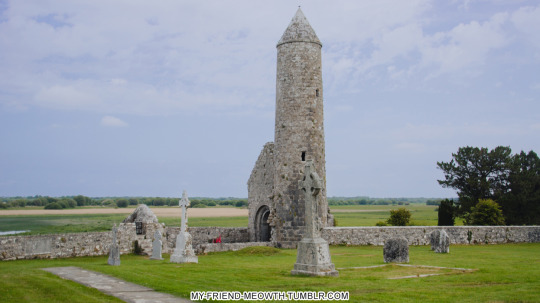
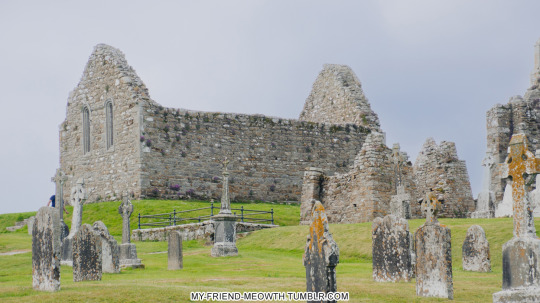
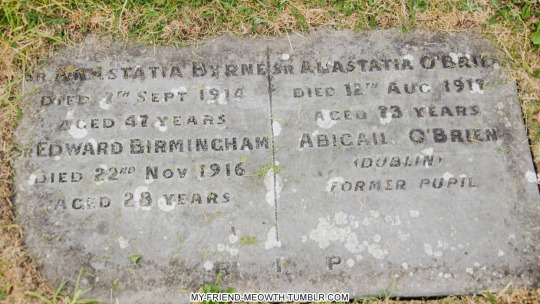
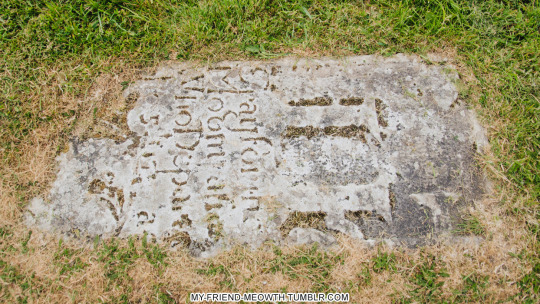
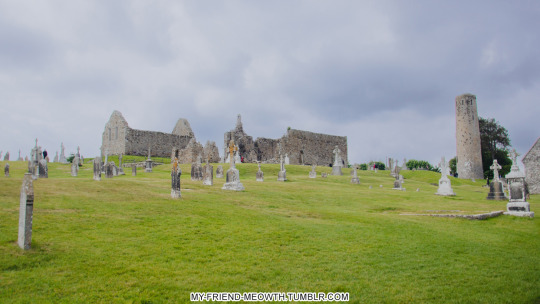
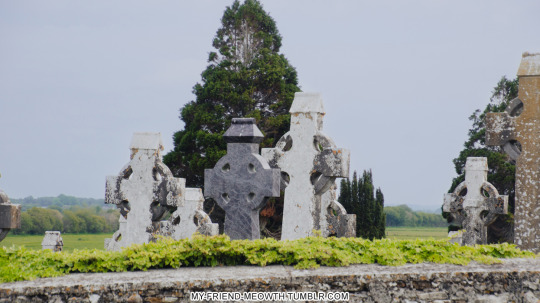
Clonmacnoise Shannonbridge Athlone Co. Offaly N37 V292
4 notes
·
View notes
Text
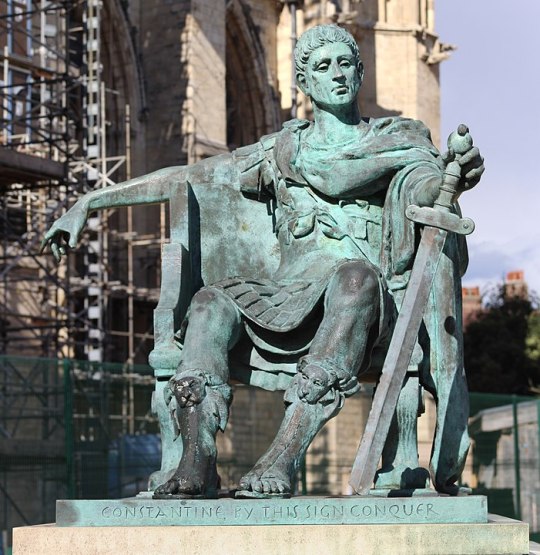
SAINTS OF THE DAY FOR MAY 21
STS CHRISTOPHER MAGALLANES, PRIEST AND COMPANIONS, MARTYRS IN MEXICO
St. Constantine the Great, 337 A.D. Junior Emperor and emperor called the “Thirteenth Apostle” in the East. The son of Constantius I Chlorus, junior emperor and St. Helena, Constantine was raised on the court of Co-Emperor Diocletian. When his father died in 306, Constantine was declared junior emperor of York, England, by the local legions and earned a place as a ruler of the Empire by defeating of his main rivals at the battle of the Milvian Bridge in 312.
ST. EUGENE DE MAZENOD, BISHOP OF MARSEILLES, FOUNDER OF THE MISSIONARY OBLATES OF MARY IMMACULATE-St. Eugene de Mazenod, Roman Catholic Priest he founded the Oblates of Mary Immaculate, and in 1841 the Oblates sailed for missions in five continents. Patron saint of dysfunctional families. Feast May 21
St. Barrfoin, 6th century. Irish missionary, possibly a bishop, and friend of Sts. Columba and Brendan. Barrfoin took charge of a church founded by St. Columba in Drum Cullen, Offaly. He lived at Killbarron. He also journeyed to spread the faith. Barrfoin repeated his adventures on a voyage to the Americas to St. Brendan the Navigator.
St. Gollen, 7th century. Welsh saint also listed as Collen or Colan. He gave his name to Llangollen, in Clwyd, Wales, and he is associated in legend with Glastonbury, England, and Rome.
0 notes